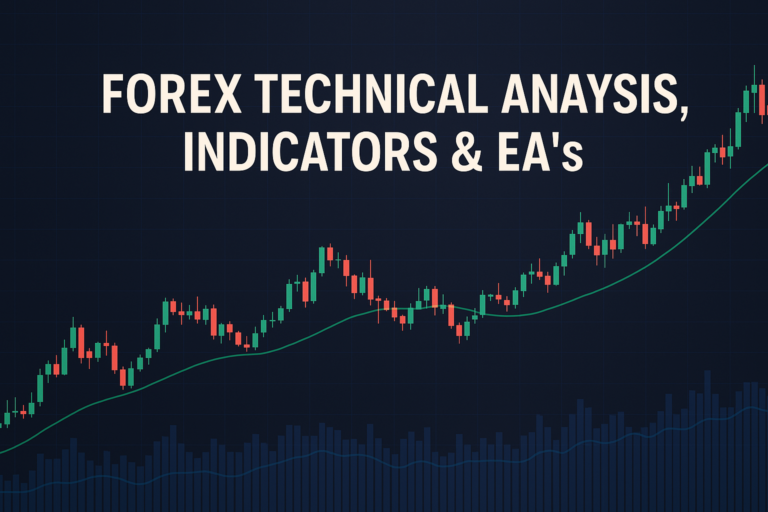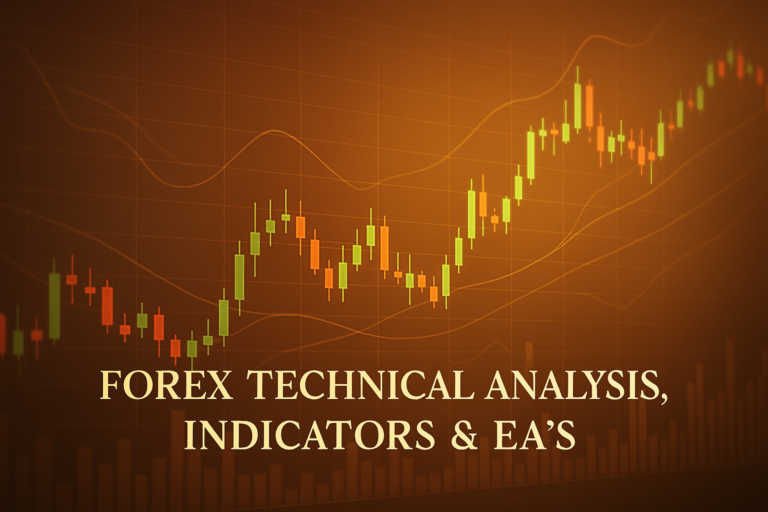
Slow response when moving the crosshair can impact your trading efficiency. Learn to overcome this issue for better trading results.
In the world of Forex trading, the smooth movement of the crosshair is crucial. When a trader is analyzing charts or placing orders, a slow response can create problems. This issue can lead to missed opportunities and possible losses. Understanding the slow response when moving the crosshair is vital for traders at all levels.
Both beginners and seasoned professionals can struggle with this issue. It may seem minor, but it can significantly affect decision-making in fast-paced trading environments. Recognizing and addressing the slow response is key to improving trading performance. Without it, traders may face unexpected challenges.
One common issue traders encounter is order rejection. This happens when a broker refuses to execute a trade, often leading to frustration and confusion.
Understanding the Problem
The slow response when moving the crosshair refers to the delay a trader experiences while trying to analyze price movements on a trading platform. This can happen for several reasons. For example, a trader might find their crosshair lags while trying to place an order. This lag can be frustrating, especially when aiming to capitalize on market movements.
This issue can stem from technical problems, like using an outdated computer or software, or even from market-related factors. For instance, during high volatility, trading platforms may struggle to keep up with rapid price changes. Traders might notice this when they try to analyze a currency pair and find the crosshair is slow. Such a delay can lead to missed entries or exits, costing traders valuable profits.
Solutions for Slow Response When Moving the Crosshair
Here, we’ll explore steps to resolve the slow response when moving the crosshair. These solutions can help both beginner and advanced traders enhance their trading experience.
Step 1: Update Your Software
Ensure your trading platform is up to date. Software updates often include performance improvements that can reduce lag. For example, if you’re using MetaTrader 4, check for updates regularly.
Step 2: Optimize Your Computer
A slow computer can contribute to a slow response. Close unused programs and tabs while trading. Upgrading your RAM or using an SSD can also improve performance.
Step 3: Adjust Graphics Settings
Sometimes, high graphics settings can slow down your platform. Lowering graphics quality can help the crosshair respond quicker. For instance, turn off unnecessary visual effects.
Step 4: Check Your Internet Connection
A stable and fast internet connection is essential. Consider using a wired connection instead of Wi-Fi for better stability. This can minimize delays when moving the crosshair.
Step 5: Use a Different Trading Platform
If your current platform continues to lag, consider trying another one. Some platforms are better optimized for speed. Research and choose one that suits your trading style.
Step 6: Practice with Demo Accounts
Use demo accounts to practice trading without real money. This will help you get used to your platform’s speed and responsiveness. As you become familiar, you’ll feel more confident in live trading.
Step 7: Monitor Market Conditions
Stay aware of market conditions. Trading during high volatility can lead to lag. Plan your trades during quieter times if possible.
Another important question arises: can you trade forex on thinkorswim? Understanding your platform’s capabilities can improve your trading experience.
Frequently Asked Questions
Here are some common questions traders have regarding the slow response when moving the crosshair:
- How do I detect this issue in real-time? You can monitor the speed at which your crosshair moves compared to price changes on the chart. If there’s a noticeable lag, it’s a sign of a potential problem.
- Can brokers legally do this? While brokers have the right to manage their systems, they should not intentionally create delays. If you suspect unfair practices, consider switching brokers.
- What tools can I use to prevent this? Utilize performance monitoring tools and trading platforms that are known for speed and reliability. Research user reviews before committing.
- Is this problem more common in specific market conditions? Yes, during high volatility, platforms may struggle to keep up with rapid price changes, leading to slow responses.
Conclusion
In summary, the slow response when moving the crosshair can be frustrating but manageable. By understanding the problem and implementing the solutions provided, traders can improve their experience. Stay informed and keep refining your trading strategies.
As you embark on your trading journey, remember that overcoming challenges like slow responses can lead to greater success. Keep learning and adapting!
Recommended Next Steps
To further improve your trading experience, consider these steps:
- Regularly update your trading software.
- Optimize your computer settings for better performance.
- Explore different trading platforms to find the best fit.
- Engage with trading communities for shared experiences and tips.
- Continue learning through webinars and online courses.
Mastering forex requires learning from the best—start with this Finance Magnates, MetaTrader
Expand Your Knowledge
- 📌 Forex Trading Learning Road Map
- 📌 Forex Trading Course with no Fees
- 📌 Forex Trading Issues, Problems, and Solutions
- 📌 Forex Daily Forecast & Live Updates
- 📌 Forex Fundamental & News Analysis: Tomorrow’s Market Movers & Trade Opportunities
- 📌 Forex Education Hub: Learn & Profit
- 📌 Forex Technical Analysis, Indicators & EA’s
Start Trading Today
Ready to take your forex trading to the next level? Open an account with Exness, one of the most trusted platforms in the industry. 👉 Sign Up Now and trade with confidence!
My recommended broker stands out with ultra-low spreads for beginners, instant withdrawals, and zero spread accounts for pro traders.
Trusted since 2008, lightning-fast execution, no hidden fees, and a secure, transparent trading environment—giving you the edge you need to succeed. 🚀
Watch this helpful video to better understand Slow response when moving the crosshair:
The video discusses the complexities of targeting in trading, particularly in Forex markets. It highlights the importance of understanding one’s trading personality when deciding on strategies for targeting trades. Traders often face a trade-off between high probability and low reward versus low probability and high reward. Those who prefer high probability might lean towards strategies that offer more frequent, smaller gains, while those who are willing to take more risks might aim for fewer trades with the potential for larger payouts. The video suggests that traders can find a middle ground by scaling out of positions, taking partial profits at lower targets while allowing the remainder of their trades to reach higher targets. This approach can help them benefit from both high probability and higher reward scenarios.
In trending markets, the video explains how traders can identify key levels such as higher highs and lower lows to determine their targets. For instance, in a downtrend, traders might choose to target previous swing lows for a safer, more probable outcome or aim for new lower lows for a chance at higher rewards. Conversely, in an uptrend, targeting previous swing highs can provide a safer bet, while aiming for new higher highs offers the potential for greater returns. In range-bound markets, the strategy is similar. Traders can look to buy at the lower end of the range, with a high-probability target at the midpoint and a higher reward target at the top, or sell at the upper range with similar target considerations. Overall, mastering targeting in trading is challenging, but by understanding personal risk preferences and employing strategies like scaling out, traders can navigate their trades more effectively.
For those interested in the future movements of currency pairs, the USDJPY forecast April 18, 2025 provides insights and analysis that can help traders make informed decisions.
YouTube Video Library: Related Videos
HOW TO RESET METATRADER 5, 4 TO ITS DEFAULT SETTINGS
Master Think or Swim (ToS) Custom Charts | Trading Tutorials
CHANGE THESE SETTINGS TO IMPROVE YOUR SNIPING #freefire
News Corner | Intel Hardware Fixes for Meltdown & Spectre, Ryzen 2000 Series Pre-Orders?
MTI Charting 101 Week 3 Pt 1
The IMPORTANT Bitcoin DEATH-Cross | FREE Money To ALL Americans | Global Recession Effects
Bottom pattern in Bitcoin and China stocks!
Note: The video above is embedded from YouTube and is the property of its original creator. We do not own or take responsibility for the content or opinions expressed in the video.





